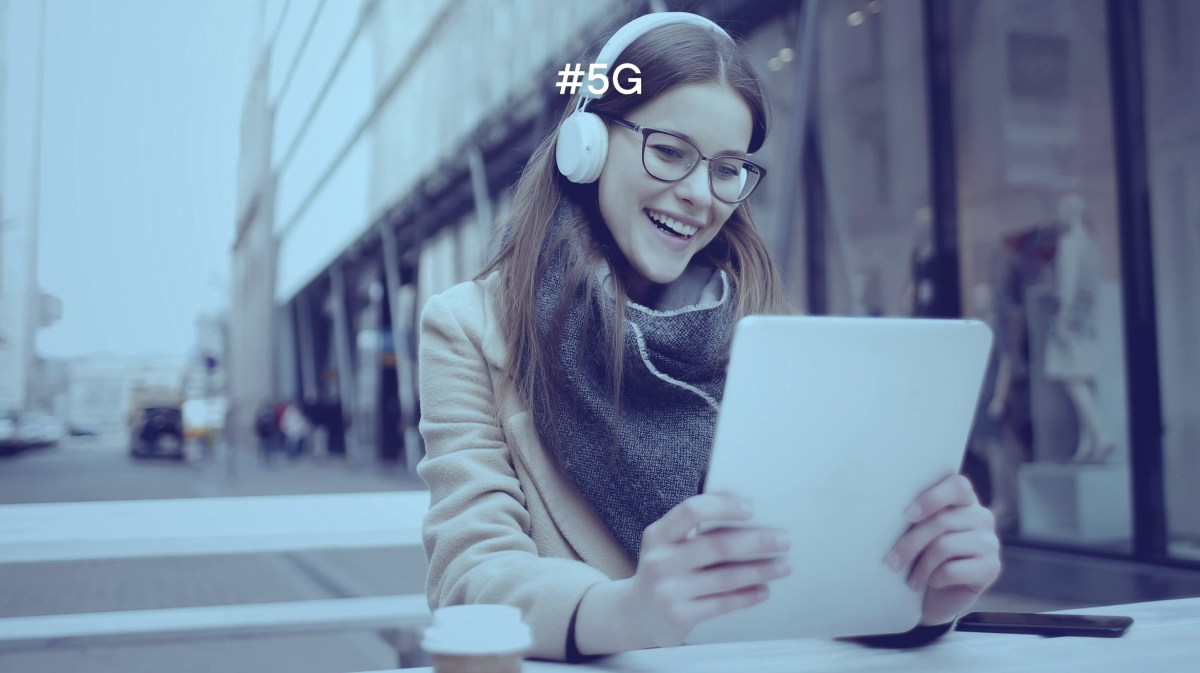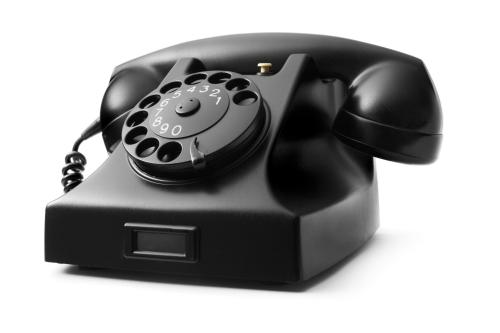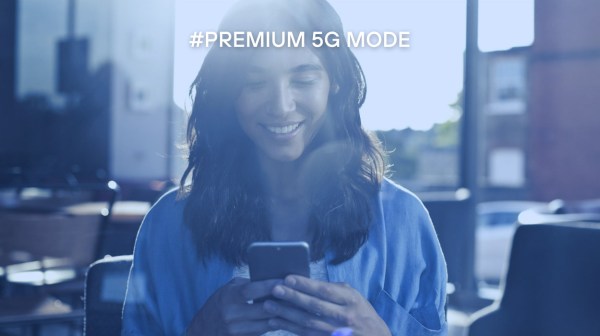When we talk about the fifth generation of mobile communications networks, we really need to focus on the requirements set out by the ITU (International Telecommunications Union) for IMT-2020 systems.
With a view to defining the different usage scenarios for 5G, these requirements have been divided into three key lines of work: eMBB (Enhanced Mobile Broadband), mMTC (Massive Machine Type Communications) and uRLLC (Ultra-Reliable and Low Latency Communications).
On the one hand, eMBB communications are related to the user experience, allowing peak speeds of 20 Gbps (that is, 20 times higher than 4G), which facilitates, for example, the offering of ultra-high definition content.
On the other hand, mMTC communications increase the capacity to support a density of connected devices 10 times greater than in 4G, which allows, among other things, the massive deployment of sensors or the Internet of Things.
Finally, when we talk about URLLC, we are referring to low latency communications of around 1 millisecond compared to the 20-30 milliseconds typical of 4G networks.
What will be the next step after 5G?
The evolution of 5G is 5G-Advanced, whose specifications begin in Release 18 of 3GPP onwards. 5G-Advanced is an improved version of the 5G standard, more energy efficient, which optimises latency and network capacity and introduces new functionalities based on artificial intelligence.
In addition, 5G-Advanced will lay the foundations and pave the way for the next generation of mobile networks, 6G.
What are the limitations of 5G technology?
On the one hand, the use of higher frequency bands means a shorter range, which requires a greater density of base stations.
Another limitation is device compatibility, as many current handsets are not compatible with this technology and users need to upgrade them, which involves an additional cost for consumers. In addition, integration with existing networks remains a challenge, especially with technologies such as 4G and 3G.
Is there any truth in the idea that 5G can be dangerous to health?
In all the countries in which we operate, we comply with the limits of exposure to electromagnetic emissions established by the International Commission for Non-Ionising Radiation Protection (ICNIRP) based on scientific evidence.
Compliance with these standards guarantees that we deploy a safe network, including 5G, as these guidelines are endorsed by the World Health Organization (WHO) and the International Telecommunication Union (ITU).
In addition, at Telefónica we verify that all the mobile handsets we market comply with the Specific Absorption Rate (SAR) values.
And finally, in this context, we are working in coordination with institutions and operators to help the general population detect fake news about 5G technology.
What are the advantages and disadvantages of 5G?
The 5G network has several advantages, such as the possibility of achieving higher data transfer speeds, greater capacity to connect a large number of devices simultaneously, or lower latency, which translates into faster response times and a better experience in applications that require real-time communication.
As for its disadvantages, it implies a higher deployment cost due to the need to deploy more base stations, or device compatibility.
Specific examples of advances thanks to 5G?
5G is driving significant advances in several areas. A prominent example is the critical communications project based on network slicing over a commercial 5G network, recently presented by Telefónica and 112 Extremadura. This project makes it possible to offer a dedicated and segmented network for emergency services, offering high availability and low latency in critical situations.
In addition, Telefónica continues to work on the development of new services based on this technology, related to vehicle communications, drones, etc., as well as on the evolution of existing services such as private networks. In fact, Telefónica has already developed more than 90 5G use cases with real customers in which all the functionalities of this technology are applied to provide a concrete response to needs in the health, industry, tourism or logistics sectors, among many others.








